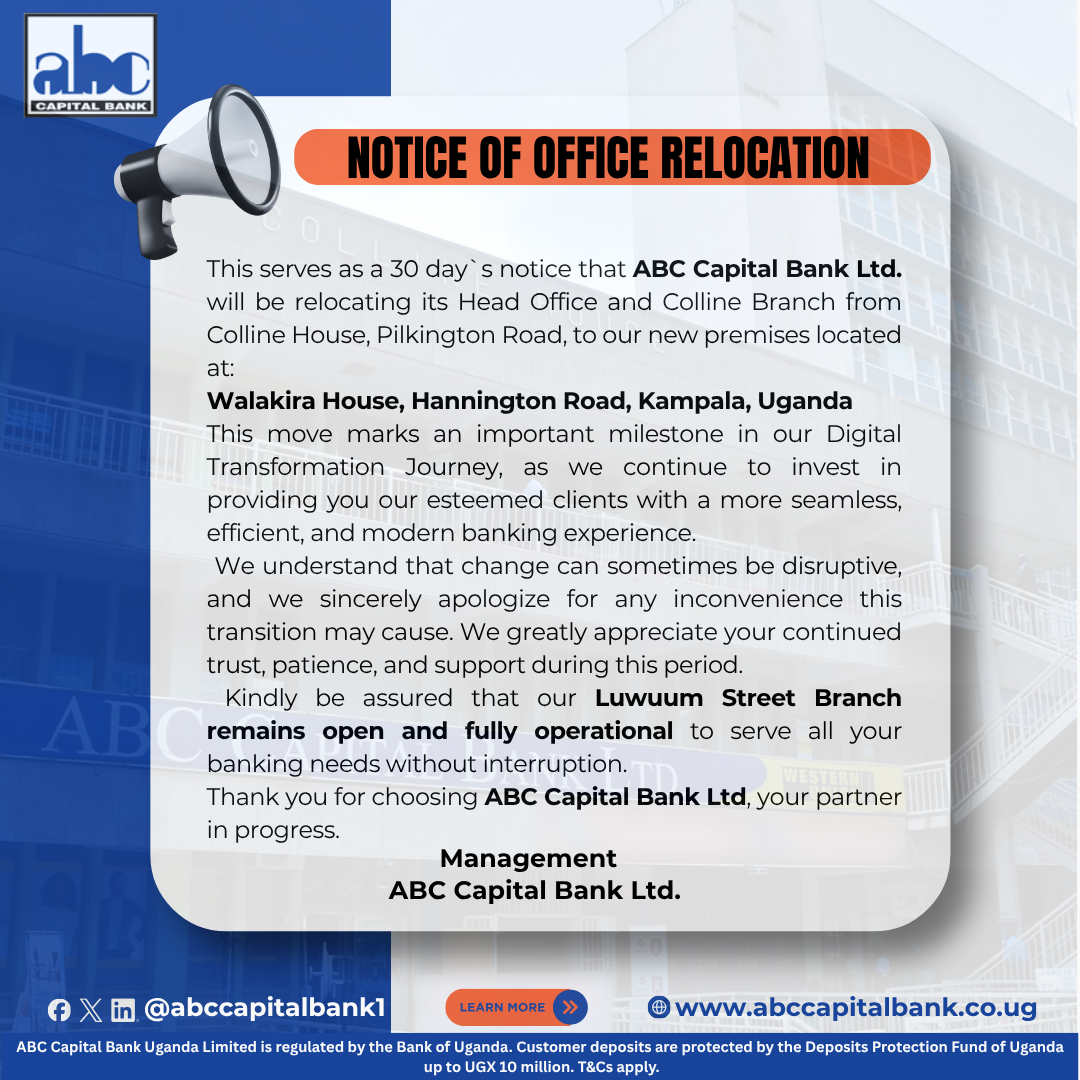Simple ways and tips of saving and growing your money
Saving and investing is an important part of planning for your future with saving helping you Manage your money

Saving and investing is an important part of planning for your future. Saving regularly will help you:
- Manage your money
b. Cope with unexpected expenses and emergencies
c. Afford things you need in the future
d. Borrow less
e. Ease financial stress
It’s a good idea to save for events you know are coming up in the short-term, like holidays or Christmas. This means you will have some money put aside when the time comes. Saving for the short-term allows you to access your money at short notice, while earning some interest and keeping your money safe.
How much can you save?
There are many savings and investing products available. It’s important to compare products before you start to save or invest your money.
How much can you afford?
Before you start to save, decide how much you can afford to put aside and for how long. To do this look at your income, what you spend each month and what you owe on any loans. This helps you see how much you will have left over to save or invest. You can then set about outlining your savings plan. To do this, you need to:
- Decide your savings goals
b. Think about your attitude to risk
c. Consider what product suits you best
Clear your debts first
Paying extra off outstanding loans or clearing your balance on your credit cards will save you money. Paying extra off your loans means you get charged less interest and helps you to clear your debts faster, often giving you a better return than other forms of savings.
Managing your money
There are benefits to actively managing your money:
- You will know where your money is going and whether you are spending more than you can afford
- It will give you peace of mind and a sense of control
- It can help you through problems, prepare for emergencies, save money and achieve your future goals.
It can be hard to know where to start, read our 4-step guide to help you on your way to managing your money better.
Step 1 – Complete a financial health check
A financial health check will give you a clear picture of your finances and help you identify where you need to make changes. You should complete this step at least once a year, particularly if your income changes or you experience a big life event.
Calculate your total income
To get a clear picture of your finances, you need to know all your sources of income.
Your pay slip will show you what you earn from your employment.
If you are getting social welfare benefits make sure to include them
If you have extra earnings that you would classify as income, such as interest on savings or investment income, include them too.
Calculate your outgoings
Keeping track of your outgoings can be difficult. It can help to categorise them as follows:
Everyday expenses – include coffees, lunches, taxis, cinema, pubs, phone credit and the list goes on! Keep receipts for each item you buy and enter the cost of the item in your weekly diary. Alternatively, you can use our Spending Calculator to help you identify your day-to-day expenses and see what they cost you over a month or a year.
Ongoing expenses – include rent, gas, electricity, groceries, TV, phone and broadband. Your bank statements and regular bills will give you a good idea of how much you are spending.
Loans & debts –As well as listing your monthly/weekly repayments, it is important to write down how much you still owe on your mortgage or loans and the time it will take to repay them in full.
Savings – You may have regular savings in a deposit account or credit union. List all savings/ deposits you make regularly. To get a full picture of your finances, record the amount of money you have in all savings accounts as part of your financial health check.
Occasional expenses – such as medical costs, insurance, holidays, birthdays or licenses; If you have a money left over after reviewing your financial situation after one year, think about how you can use it effectively. For example, think about paying off your loans early (pay off high-interest loans first) or opening a savings account to help you reach your goals. If you are spending more than your income, think about how you could cut back on expenses. If you find you cannot keep up with your loan repayments, contact your lender immediately.
Step 2 – Identify your goals
Whether it is saving for a holiday next year, paying off your credit card debt or starting an emergency fund; we all have different goals. And when you have a goal, you will find it easier to stick to a budget. Once you identify your goal, you need to work out how much it will cost and how you will put money aside to achieve it. To do this, go to Step 3 (Make a budget). This should help you work out how you will build up the money you need.
Examples of goals
| Short-term | – Pay off your debt – Save for a car or a holiday – Save for Christmas – Save for back-to-school expenses – Save for a wedding – Save for a baby – Save for a deposit to buy a home – Start to build an emergency fund for unexpected expenses |
0 to 3 years |
| Medium-term | – Save for home renovations – Save for your children’s education – Save to trade up to a bigger home – Save to pay a lump sum off your mortgage |
3 to 10 years |
| Long-term | – Pay into a pension to save for retirement income – Pay off your mortgage early – Long term financial security |
10 years and over |
Step 3 – Make a budget and stick to it
Start by thinking about who this budget applies to. If you have a family, you may wish to include them in the budget planning process and talk to them regularly about how you are doing. That way, everyone knows where they stand and you can manage expectations. In this case, consider all household income, spending and other commitments.
If you share your home with a partner, it is likely that you will have some shared expenses such as paying bills but you may still wish to budget separately for yourself. In this case, you could consider opening a Joint Account to manage your shared household expenses and make a budget separately yourself.
Be honest about the figures in your budget – don’t overestimate or underestimate your income or spending. Don’t include money from your savings as income – use regular income only.
If you don’t keep to your budget, don’t be discouraged. Start again. It can take time to adjust to a new spending pattern. The most important thing is to be realistic.
Step 4 – Shop around, switch and save
Shopping around for financial products before you buy can save your money. Make sure to shop around for current accounts, savings accounts, credit cards, loans and car, home and life insurance to help you compare the costs and benefits of these products.
Don’t know if you’re spending too much on household bills? Compare your spending on groceries, energy, TV & telecoms, mobile phones and motoring with other suppliers of the same. It can help you save money and gives some useful tips on how to cut back. It may also give you the push you need to switch provider if it means saving money. Remember, small changes can amount to big savings.
Recent Posts





